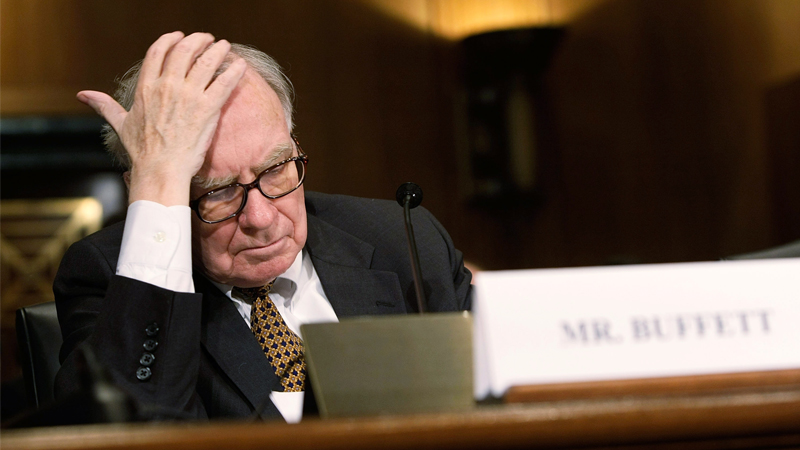As AI continues to disrupt traditional markets, its growing pains are laying bare the challenges of automating the information and data flows in those same markets.
Trading on the NYSE has just been halted due to a ”technical glitch” that sent Berkshire Hathaway to zero, and they’re claiming it’s because of issues with the limit up and limit down bands that are used to halt trading when a stock becomes too volatile.
But as ZeroHedge is reporting, it may actually be due to an AI-generated analysis published to Bloomberg terminals that claimed the stock dropped 100% — causing the real-life price to respond, and manifesting the automated report’s false claims into reality:
It’s a small preview of the chaos that automation insanity can cause when entire markets can be moved with just a few words. When AI-generated reports are pushed out to Bloomberg terminals worldwide, the markets automatically ingest and respond to them. This is a preview of what can happen when these systems go AWOL and publish hallucinations, with terrifying implications for markets run on global computerized systems that spread information — good and bad, true and false — instantly.
As AI continues to disrupt traditional markets, its growing pains are laying bare the challenges of automating the information and data flows in those same markets. But those growing pains also expose some of the existing absurdities of global finance by amplifying them 100-fold.
So was it really an issue with NYSE’s halting mechanism? Was the AI report the cause of the crash, or was it in response to it? I think an even larger question is why we allow markets to be so centralized, and trading to be halted, to begin with. What real benefit does it have to allow a centralized institution like NYSE to set rules and halt activity in a marketplace? The claim is that this helps protect investors, but it would be naive to think it’s never abused to protect insiders and corporations that, in a free market, would be allowed to fail.
Berkshire Hathaway 1-Month: 99.97% Drop
Markets are like living communication networks, and to allow them to run efficiently and based on the best possible information, there needs to be as much symmetry and openness as possible. But from the secretive Federal Reserve, to the stock exchanges, to insider trading in the halls of Congress, there are endless asymmetries and opportunities for an exclusive in-club to co-opt and dominate those information flows in order to benefit a select few.
Now, with AI-based reporting and analysis, there is an automated machine broadcaster within this global network that has infiltrated the megaphones of Bloomberg terminals and major newspapers, and it has the power to achieve immeasurable turmoil. AI-induced crashes cause economic instability that can both financially destroy investors and shake the foundation of the broader economy with random shocks that it isn’t prepared to handle.
In an economy where money-printing, short-term thinking, and academic subjectivity dominate, it also changes market dynamics when even established “reliable” sources of truth start being questioned. That includes analyses that appear on Bloomberg terminals, which cost tens of thousands of dollars to access and give the already-wealthy a privileged and deeper view into markets with data that’s inaccessible to the global peasant class.


